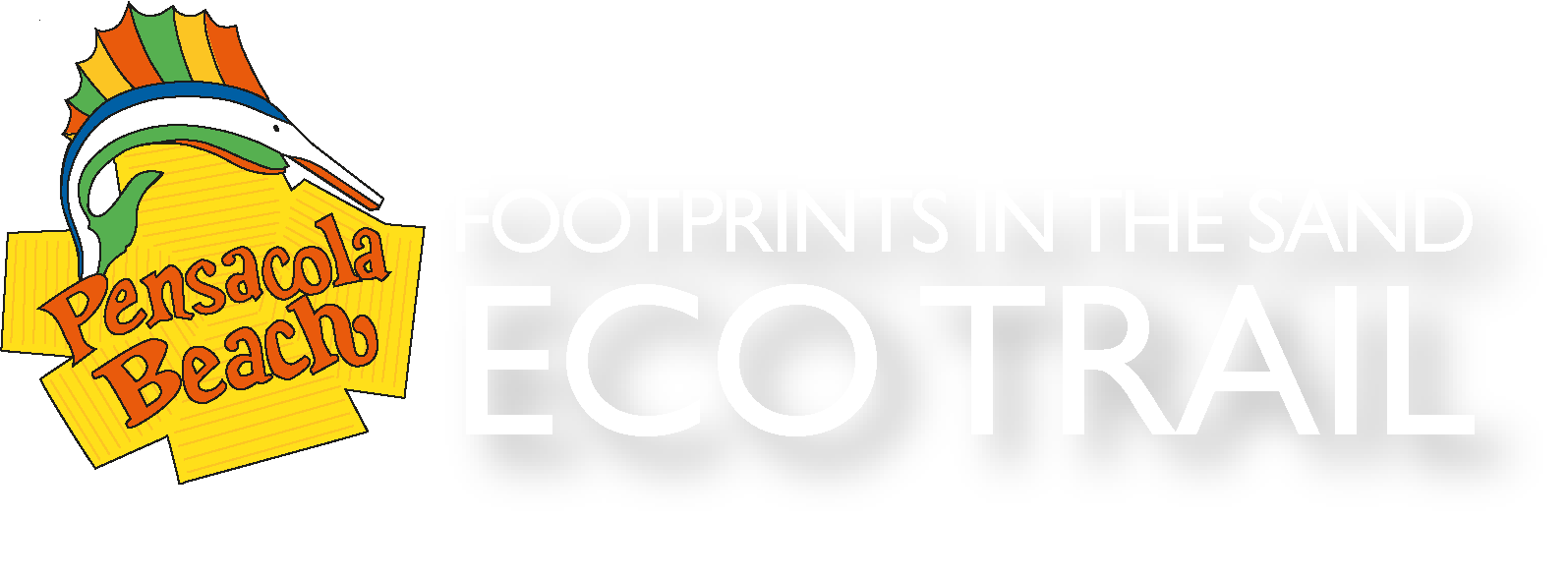Saltbush © Harry Purcell
SHRUBS
In the spring and summer, few notice the little green shrub – Saltbush – hidden among wax myrtle and marsh elder at the edge of the salt marsh. However, in the fall, it’s one of the first plants people notice. The saltbush or groundsel tree blooms dramatically in late September and October, with feathery, dandelion-like white “flowers” on female plants. These seeds are dispersed far and wide by the wind. Male plants typically grow side-by-side with females, and produce yellowish, tubular blooms at the same time. The saltbush typically branches from multiple trunks and ranges in height from 2-10 feet. The leaves are rough to the touch and slightly succulent, enabling the plant to hold onto moisture in the sandy, hot environments on the uphill edges of wetlands in which it thrives. Saltbush serves as a nectar plant for many pollinator species, including the monarch butterfly. During its annual fall migration, saltbush shrubs may be entirely covered with monarchs.
...
Saltbush © UF/IFAS – Zach Schang
There are at least 28 species of St. John’s Wort in Florida, with 9 of them endemic (found only) in the Panhandle. All of them have woody stems with thin, evergreen, upright, opposite clusters of leaves, and small bright yellow flowers. Most prefer wet habitats—open marshes, streambanks, swamps, you name it—although 7 species are considered upland varieties and may live in beach dunes. Named for the feast of St. John the Baptist (celebrated in summer when the plant blooms) and the Old English term for herb (wyrt), St. John’s Wort has long been notable for its medicinal purposes. Research has shown the plant to be particularly effective for treating symptoms of menopause and moderate depression. However, serious drug interactions can occur if taken with prescription medications, so it is imperative to speak with a physician or pharmacist before using St. John’s Wort.
...
St. Johns Wort © UF/IFAS – Carrie Stevenson
Saw Palmetto is a classic Florida plant. Technically an upland species, it often grows just along the drier edges of wetlands. On the beaches, saw palmettos grow more inland, closer to the more established, older dunes and scrub area with trees. Saw palmettos were integral to the culture of indigenous tribes throughout the Southeast. The berries, still used for medicinal purposes, were gathered for food. The leaf fronds were woven into baskets and used as roofing material. Saw palmetto provides shelter, food, and nesting material for over 100 types of wildlife, making it a keystone species – one that helps hold the ecosystem together. Long-established stands of saw palmetto may include plants over 100 years old.
.
Saw Palmetto
The most eye-catching shrubs on the beach are often rosemary. Pensacola Beach has two common varieties, Florida Rosemary and False Rosemary. Both are evergreen, with tall upright stems full of small, tough needlelike leaves resembling fir trees. So how do you tell the difference? The easiest way is to take a sniff. When leaves are crushed, Florida rosemary smells like culinary rosemary. It also produces small yellow flowers. False rosemary has a slightly more spreading growth form, and the leaves smell more like mint. Its flowers are a pale purple and very attractive to pollinator species.
.
False Rosemary
Plants | Plant Zones | Grasses | Seagrasses | Flowers & Vines | Shrubs | Seaweed






